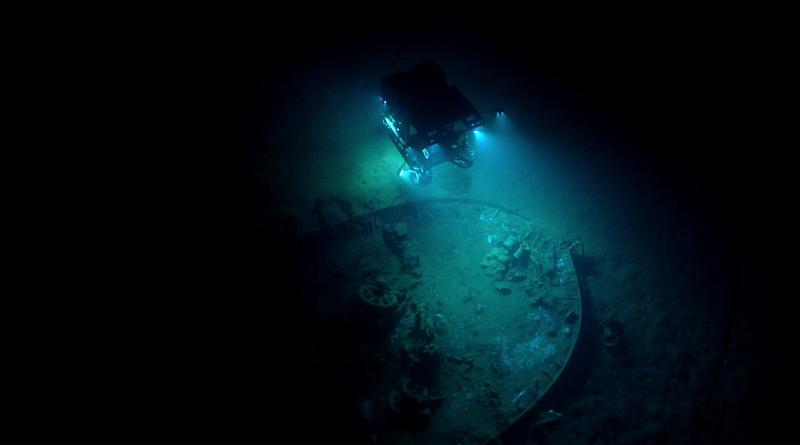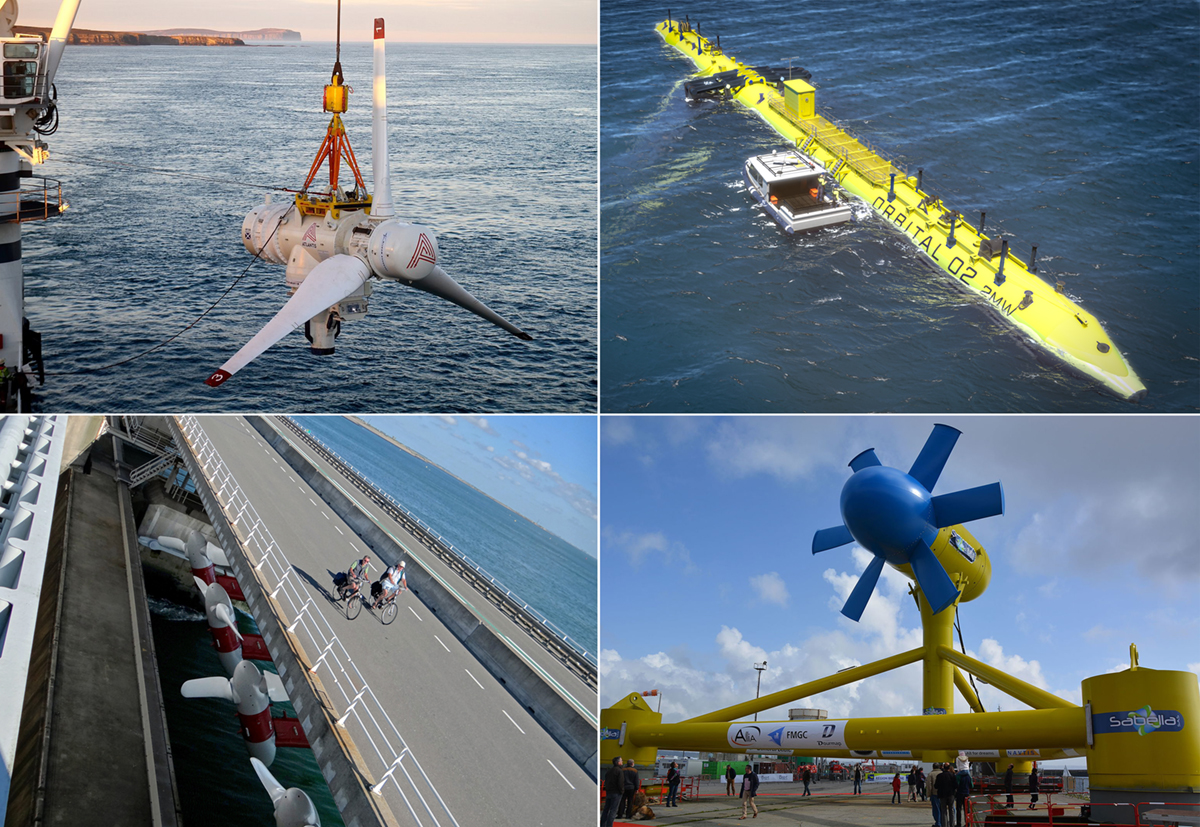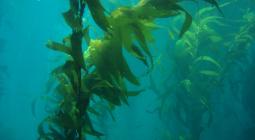A call to implement marine renewable energy across Europe.

Peter Scheijgrond, M.Eng, M.Phil from the Dutch Marine Energy Centre calls for smart support schemes to implement marine renewable energy across Europe
The industrial opportunity for Europe presented by the marine energy sector is significant, and governments should seize it by providing a clear signal of intent to the market. The marine energy industry sees 100GW of tidal and wave capacity being built in Europe by 2050, providing 400,000 jobs and supplying 10% of the European Union’s (EU) current electricity needs according to Ocean Energy Europe. Additionally, there is a huge international export market serving clean, abundant and unexploited marine resources in the Far East and Americas.
Successful marine energy projects
“Market leaders across Europe have been successfully demonstrating devices operating in real-world conditions”, explains Peter Scheijgrond from Dutch Marine Energy Centre, who is leading the Interreg 2 Seas MET-CERTIFIED project since 2016. The project aims to increase the adoption of insurable and, therefore, bankable marine energy projects supported by internationally recognised standards and certification schemes.
“For example, in the Pentland Firth, four turbines of the 6 MW MeyGen array provide power for over 2500 households. The 2MW floating twin-turbine by Orbital produced over 3GWh in Orkney waters last year, and in France, Sabella’s 1MW turbine is powering households on Ushant Island. After two years of intensive monitoring, four independent research institutes concluded that Tocardo’s array of five turbines in the Eastern Scheldt show no significant impacts on the environment.“
Certification to increase investor confidence
The industry is actively mitigating technical and financial risks by adopting international standardsand independent conformity assessment with support from certification bodies DNV-GL, Lloyds Register and Bureau Veritas and test facilities like EMEC, IFREMER and DMEC. This helps to remove uncertainties, attract investments and facilitate international export.
However, securing investment for commercial arrays remains one of the main challenges the marine energy sector currently faces.
Call for support schemes
The roll-out of innovative and renewable energy technologies is part of the European Union’s policy on energy. National governments are encouraged to support this by designing support schemes to ensure timely implementation of projects and meeting national targets for CO2 reduction.
Most countries have adopted a tender or auction-based support scheme, such as ‘the Contracts for Difference (CfD)’ scheme in the UK and ‘the Stimulation of Sustainable Energy Production (SDE+)’scheme in the Netherlands. These schemes give preference to the lowest bidders, and as such, rule out innovative technologies that produce at a higher cost per unit. So, there is a need for smart solutions to support the implementation of innovative renewable energy technologies, such as marine energy.
What can we learn from Africa?
During his work in Uganda, Peter Scheijgrond learned about the Global Energy Transfer Feed-in Tariff (GET-FIT) programme.
“The GET-FIT programme was designed by multilateral donors as a ‘top-up feed-in system’ for more expensive projects in East Africa while respecting the feed-in tariffs set by the national governments for various forms of renewable energy production”. Projects that successfully secured a national feed-in could apply for the ‘top-up’ from the GET-FIT programme if they met certain criteria, such as level of innovation and impact on the local economy. The project has to show the real cost of energy through open-book calculations,” Peter explains.
“50% of the top-up was paid directly after commissioning and the remaining 50% was paid within the first five years of operation”. In this way, the “cost of capital” is reduced, because the loan is repaid in a shorter time. Also, the system allows for a level playing field across the region: it respects national tariffs but also respects the real cost of a project regardless of location.

Can a top-up feed-in scheme work in Europe?
The concept of a ‘top-up feed-in’ seems an interesting solution to increase the adoption of marine energy projects across Europe. It could help create the much-desired level playing field: Regardless of where projects are built, should that be in Italy, Ireland, the Netherlands or France, projects can to get access to equal finance, based on actual cost of energy, irrespective of the availability or level of national support schemes.
The former NER300 support scheme had some of these aspects, but its weaknesses were a high threshold project size and heavy reliance on governmental backing for the technology. Peter Scheijgrond, therefore, suggests the design of a top-up feed-in scheme to cover the real cost of energy for innovative projects using a national or ideally, an EU fund. The threshold size for projects should not be too high (suggested 5-10Mio EUR minimum). The fund should be capped to provide support for say the first 500MW installed marine energy capacity across Europe.
Furthermore, the scheme should tie-in with available national feed-in schemes to reduce the required fund contribution and to ensure the project is pre-selected, based on national criteria (e.g. are permits in place, proof of viability etc.). The ‘top-up feed-in’ can then be used to cover the funding gap, based on open-book calculations and capped to a Levelised Cost of Energy as set by for example the Joint Research Centre.
Peter concludes that the efforts made by the sector to achieve independent certification in combination with the proposed top-up feed-in scheme will increase investor confidence and lead to the adoption of insurable and, therefore, bankable marine energy projects.
MET-CERTIFIED is funded by the European Interreg 2 Seas programme and cofinanced by the European Fund for Regional Development (ERFD) under grant agreement No 2S01-020 for the period September 2016 – December 2019. Also the Ministry of Economic Affairs in the Netherlands, Province of South-Holland and North-Holland and the Belgian Province of West Flanders are offering financial support.

Ir Peter Scheijgrond, M.Eng, M.Phil
Project coordinator
MET-CERTIFIED
Dutch Marine Energy Centre
Tel: +31 6 11 38 76 82
peter@dutchmarineenergy.com
www.met-certified.eu
www.twitter.com/METCertif
15 April 2019
![]()





